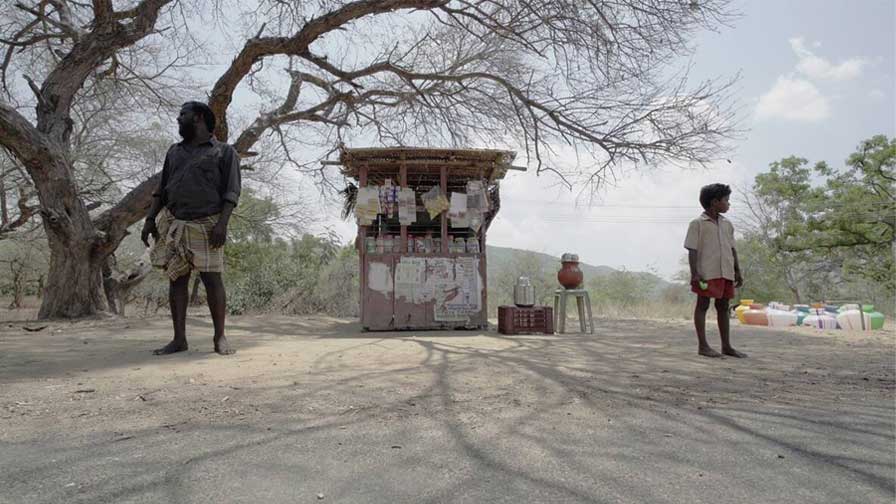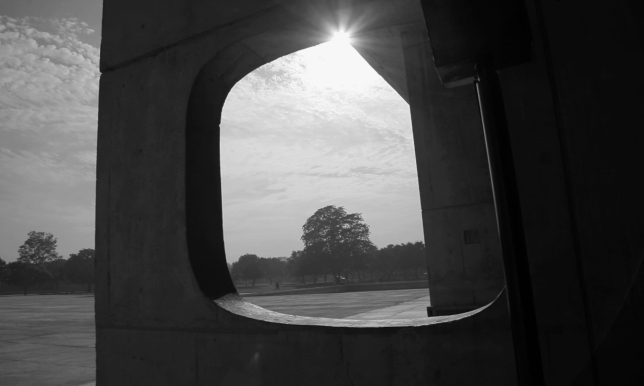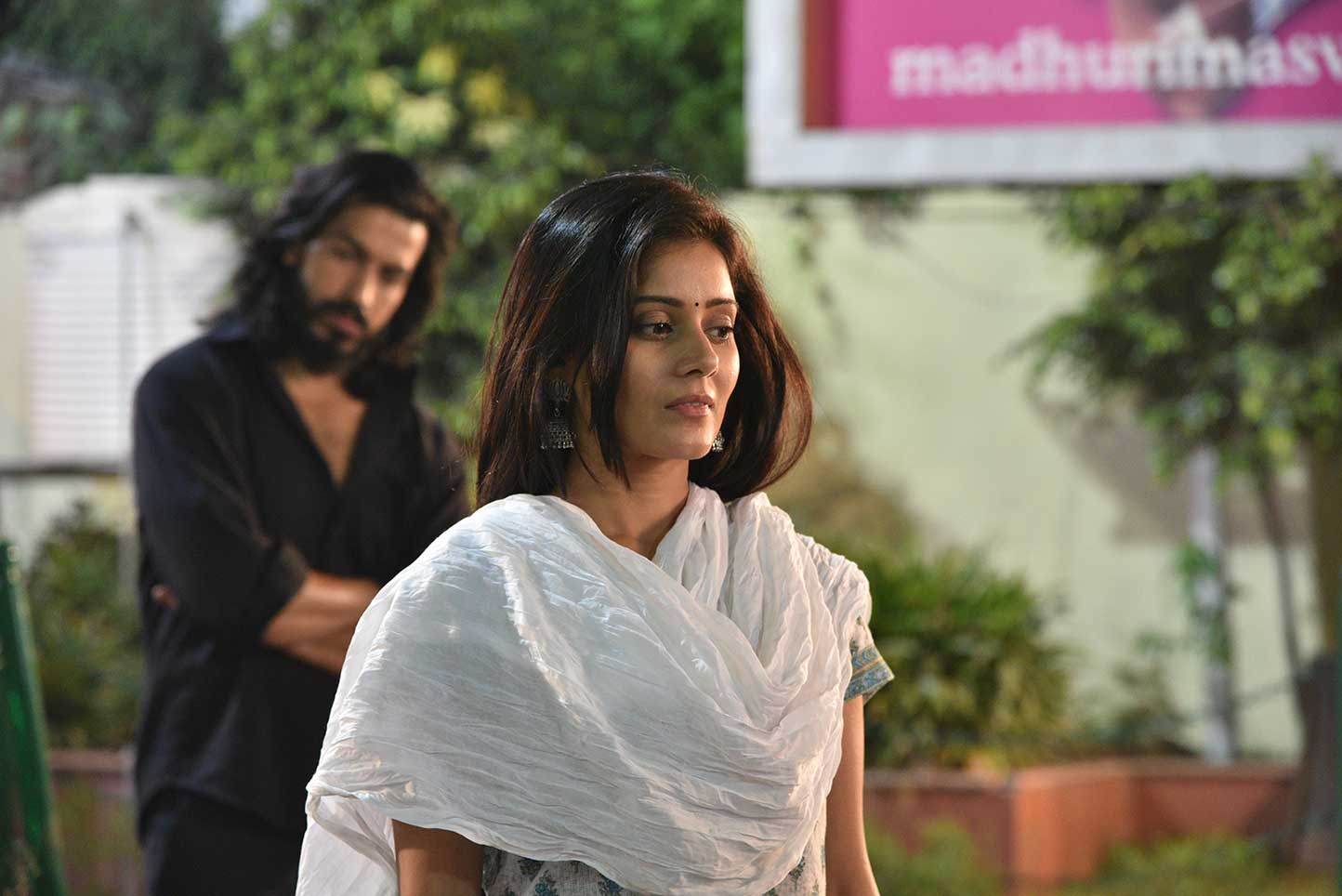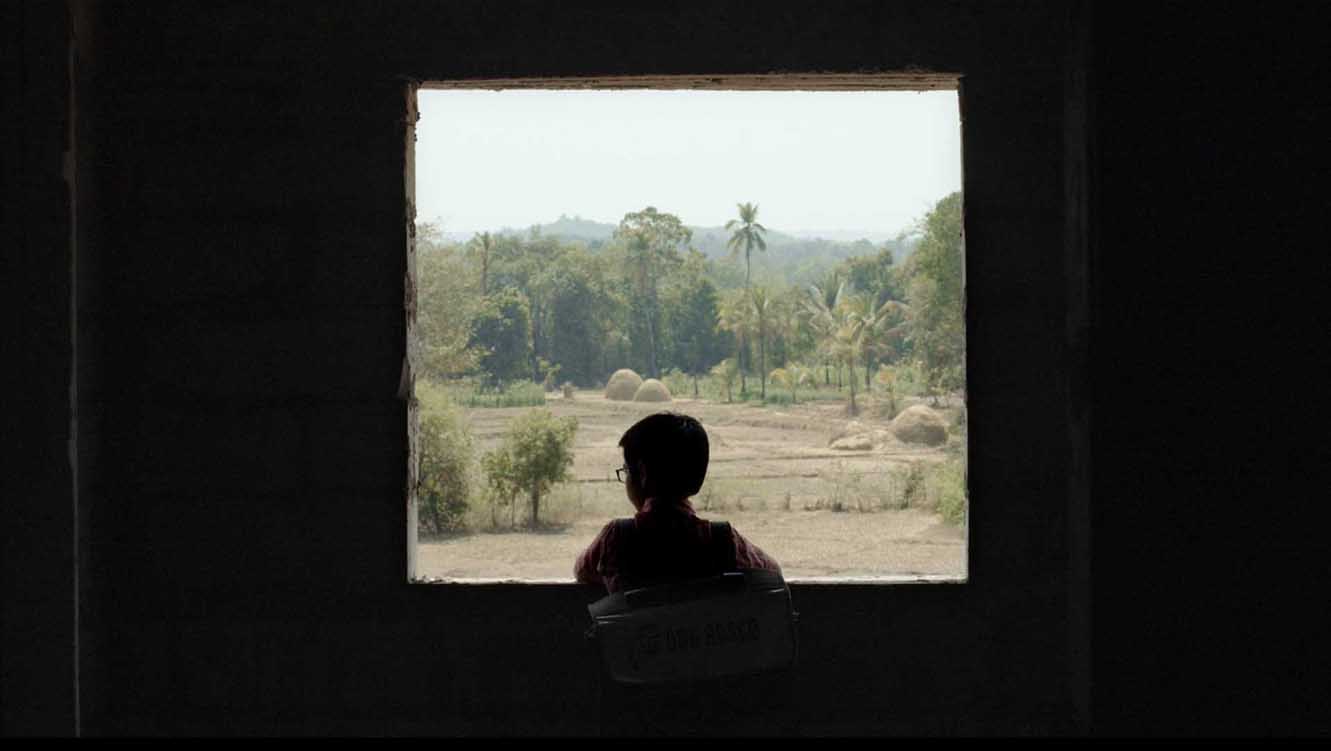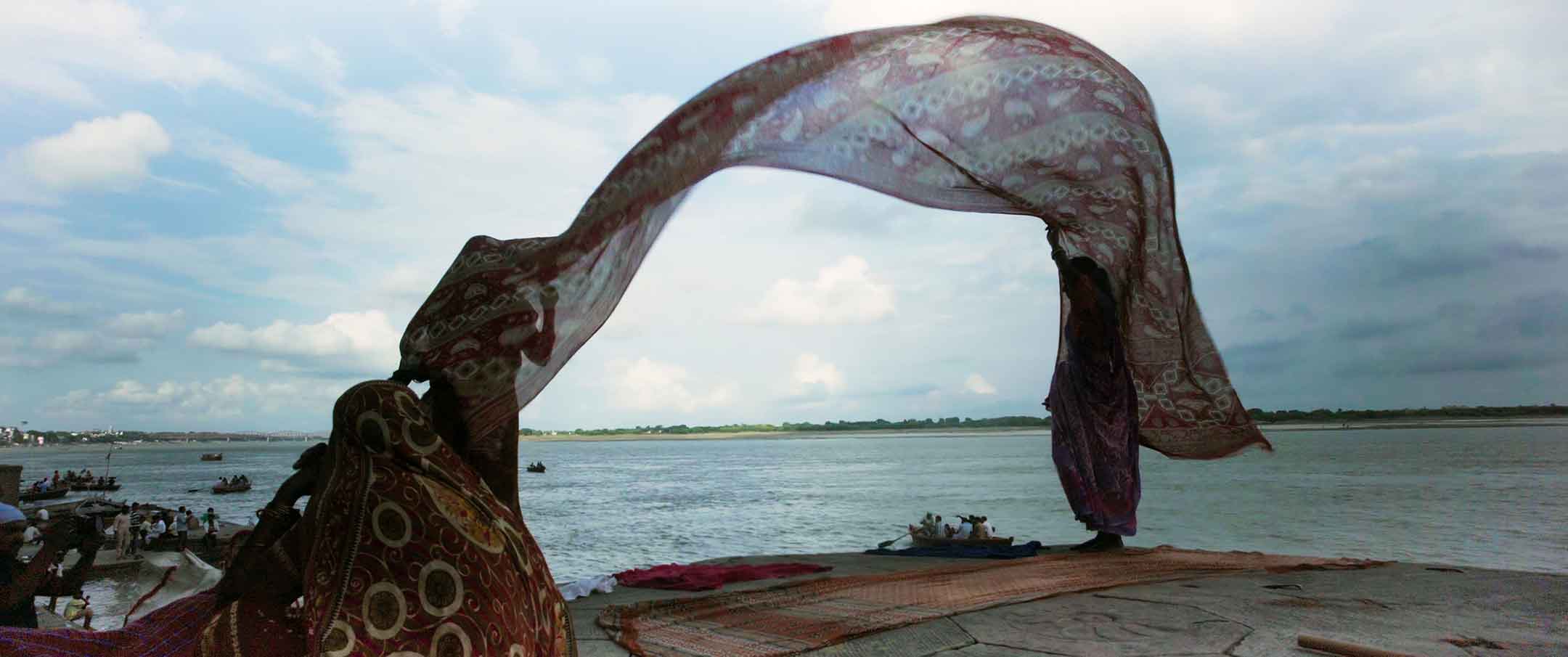Review of Anita — a short fiction film written/directed by Sushma Khadepaun Karl Jaspers defines boundary situations in which real situations become all-encompassing or transcendental situations. Gilles Deleuze in his Cinema books, pronounces limit-images as Jasperian boundary situations in which a situation or action becomes transcendental. Situation and actions resolve into one another to form the […]
Learn MoreCategory: Film essay
Shot in a vertical aspect ratio, Yudhajit Basu’s Kalsubai attempts a layering of consciousness that is, at base, hierarchical. The shot, which is between the ‘On’ and ‘Off’, gestures on the recording button on the camera and is a rhizomatic construct i.e., it connects one middle to the next middle. Basu’s attempt however is to challenge this […]
Learn MoreSet in the location-space that is the village of Arittapatti in Tamil Nadu, Pebbles (Koozhangal) immediately establishes the Oedipal relationship between the chain smoking, drunk Ganpathy and his son. The two take a bus ride together, the view of the window of which emphasises the cinematographic screen that is between the love-hate relationship between director, audience and […]
Learn MoreCinema has the ability to transform subject into object and object into energy, so that desire can be withdrawn. Desire and resultant pleasure must wait through delay, or so states the cinema. Prantik Basu’s Bela uses this relationship to desire through the location-space i.e., the village of Bela, which literally means “time.” Basu’s approach is to transform time […]
Learn MoreFilm: Tape 39 | presently streaming on Mubi Director: Amit Dutta The cinematograph can be defined as a writing with movements and sound. The essential problematic of the cinematograph lies precisely within this question—how can the cinematograph move beyond the manifest reality? This manifest reality is the apparent space and time represented before the […]
Learn MoreFilm: Ghormua Director: Mukul Haloi Duration: 25 mins Language: Assamese Award: Winner of the Cinema Experimenta Award at SiGNS Gilles Deleuze defines a crystalline-image as that image in which the transparent actual image and the opaque virtual image simultaneously exist. For Deleuze, when Scottie in Alfred Hithcock’s Vertigo makes Judy into Madeleine he has juxtaposed the […]
Learn MoreThe primary proposition of Avijit Mukul Kishore and Rohan Shivkumar’s Nostalgia for the Future is dwelling (in the Heideggerean sense) as denotation. Contrarily the voice, Kishore’s voice, is the embodiment of this denotation. Over the course of the film this denotation becomes a volume, concentrated or rarefied, which creates a mechanism (instead of an ideology) […]
Learn MoreIn A Thousand Plateaus, Gilles Deleuze and Felix Guattari (D&G) define the machinic assemblage as having different speeds, slownesses and intensities on the Body without Organs. They go on to deconstruct the machinic assemblage: a machine is anything that can be plugged into, whereas the assemblage is that which “deterritorializes” the becoming (flows). The point […]
Learn MoreViewing a film can be thought of as a game played between the spectator and the director. The game comprises of the director intentionally constructing the shot, whilst the spectator tries to predict the next shot via the cut. Of late, there has been a renaissance of a metaphysical form of cinema that appropriates space […]
Learn MoreHow can point, line, shape, curve and texture be applied to the form of film? This question drives veteran Piyush Shah’s debut documentary The Third Infinity. Shot over 15 days in January 2017, Shah’s approach is to capture the grid in such a way that the flattened out space collides with depth and verticality, and […]
Learn More


